Carpathian English Walnut Tree
Description
Hardy, even in temperatures as low as -30ºF. This lovely, seed-grown tree produces crops of crunchy English-type walnuts. Introduced in the 1930s from Poland. Heat-tolerant. Ripens in October. Seedling. For proper pollination, plant two seedlings or a grafted English walnut variety. (Juglans regia)
Characteristics
| Bloom Color | Green, Yellow |
| Distance To Pollinator | 75 - 250' |
| Fruit Color | Brown |
| Fruit Size | Medium - Large |
| Hardiness Zone Range | 5 - 9 |
| Pollination | Pollinator Required |
| Ripens/Harvest | October |
| Shade/Sun | Full Sun |
| Soil Composition | Loamy |
| Soil Moisture | Well Drained |
| Soil pH Level | 6.0 - 8.0 |
| Texture | Crunchy |
| Years to Bear | 4 - 7 |
Zone Compatibility
Pollination
This variety requires another one for adequate pollination.
Tools & Supplies
Planting & Care
Learn all about how to grow walnut trees in The Growing Guide. An entire section of our website dedicated to your growing success.
Questions & Answers
I'm not sure if the issue is that your trees aren't blooming to set a nut crop or if it's that squirrels are getting the nuts before you do. However, if the case is that your trees are not growing well or setting a nut crop, especially after this much time has passed, then it may be an issue with the soil where they are planted. I would recommend taking a sample of the soil around those trees and having it tested for any nutrient deficiencies so that you can respond with an appropriate fertilizer treatment. Also, if the soil is very dense, like rocky or heavy clayey soils can be, then it may slow a tree's growth and production.
I am not positive about the difference between English and Carpathian, but it seems like Carpathian are a hartier version of English. The nuts fall from the tree in there hull when ripe and can be collected (you can shake the limbs to expedite the process), you then peel the hull off (which is easy when there green, not so easy after they dry) then they can be cracked just like any other nut. Hope this helps.
You can simply plant two of these or another English grafted variety.
It's most likely walnut husk fly. You can suppress the presence of this pest with a product like "Bonide® Captain Jack's™ Deadbug Brew Garden Dust" – or reach out to your local county cooperative extension for further advice specific to your area.
These trees typically take about 7 years to bear with propeer pollination. But can take longer depending on climnate.
We appreciate you reaching out to us. Any English walnut can be used for pollination, we do carry the walnuts they are just not in stock at this time.
If you have any further questions please don't hesitate to reach back out to us. Have a great day!
Shrubs like black walnuts?
They do not.
Customer Reviews
and about a pencil in thickness. The first season on grew to about 27 inches and
the other to about 18 inches. The difference in size I believe is due to the amount
of sun exposure, one receives about twice as much as the other.
The second season they both have really taken off. As of August 2017 the
tree is now 6 feet, and very bushy, while the shorter is about 3 feet and also
very bushy. On growth alone, I would highly recommend this tree for this
climate (zone 5). I am waiting to see if they produce nuts, Hopefully, they
will.

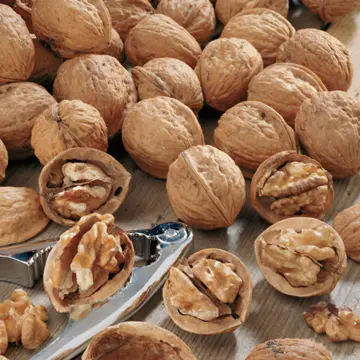
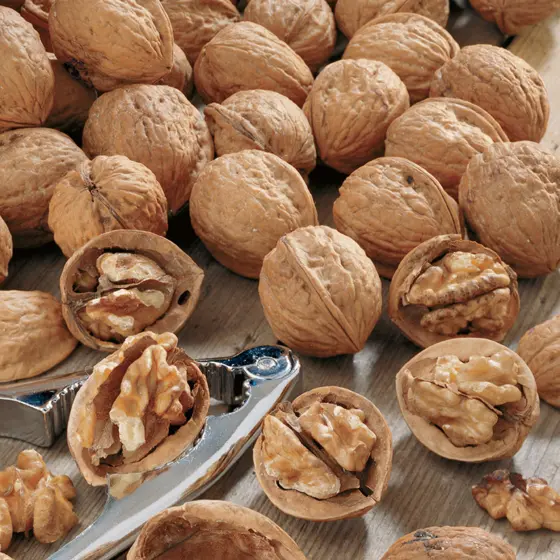

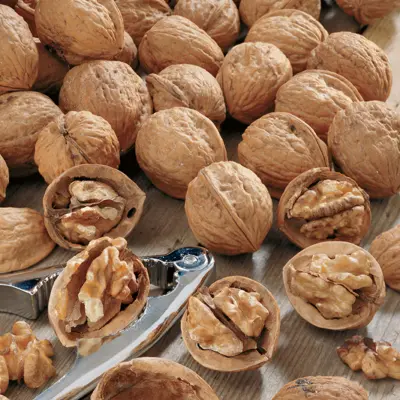
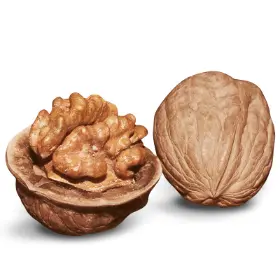
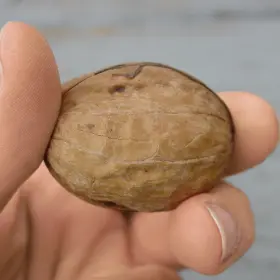

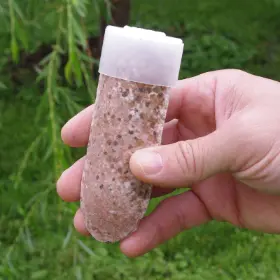
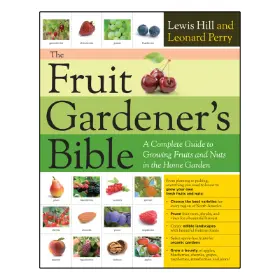
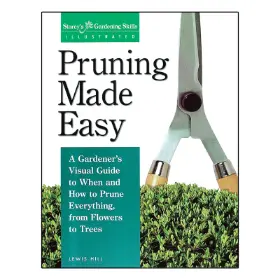
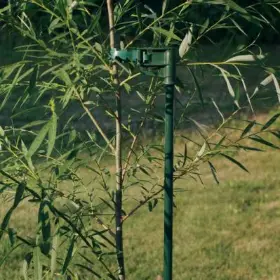
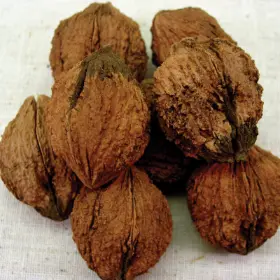

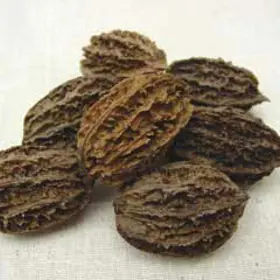
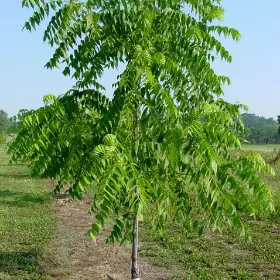
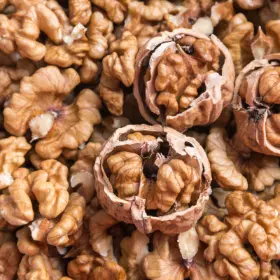

chosen because of the -30 degree trait.